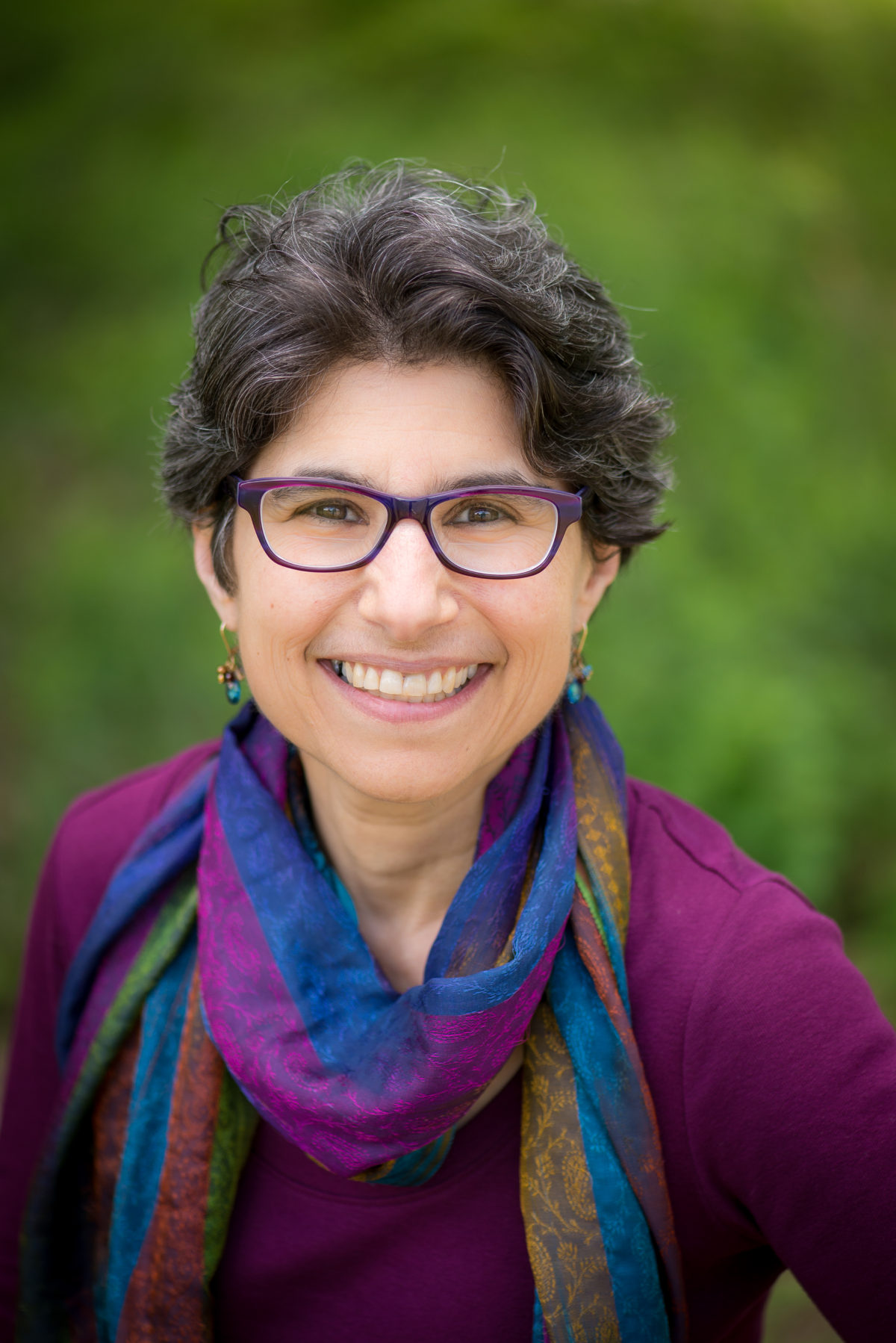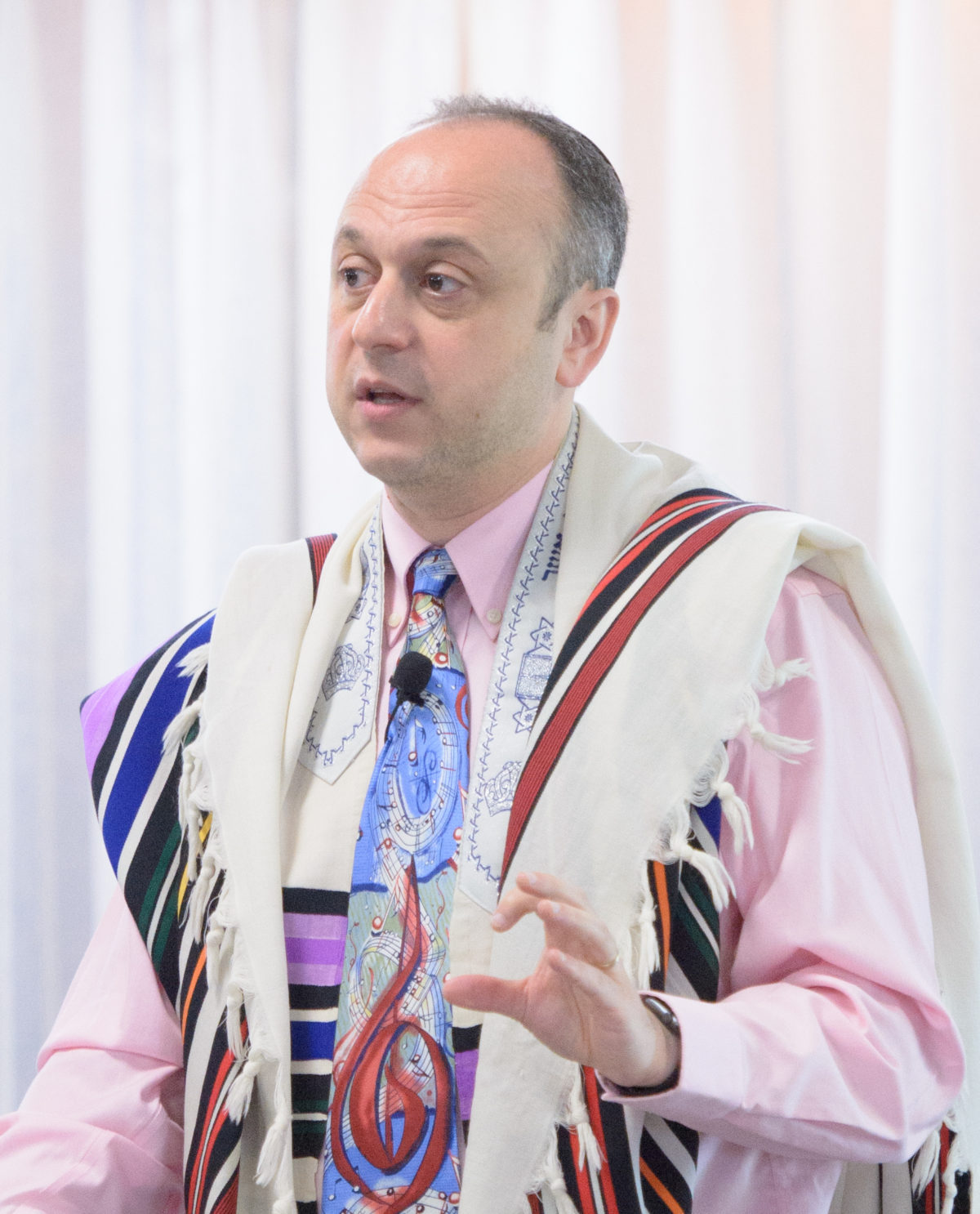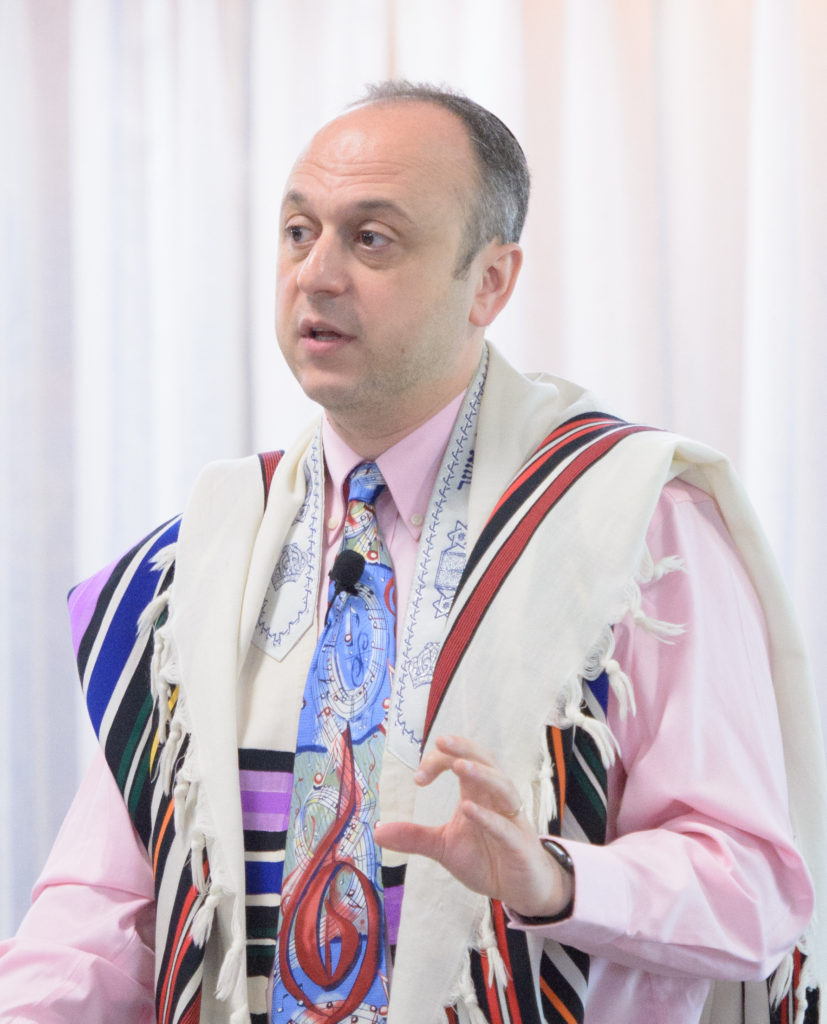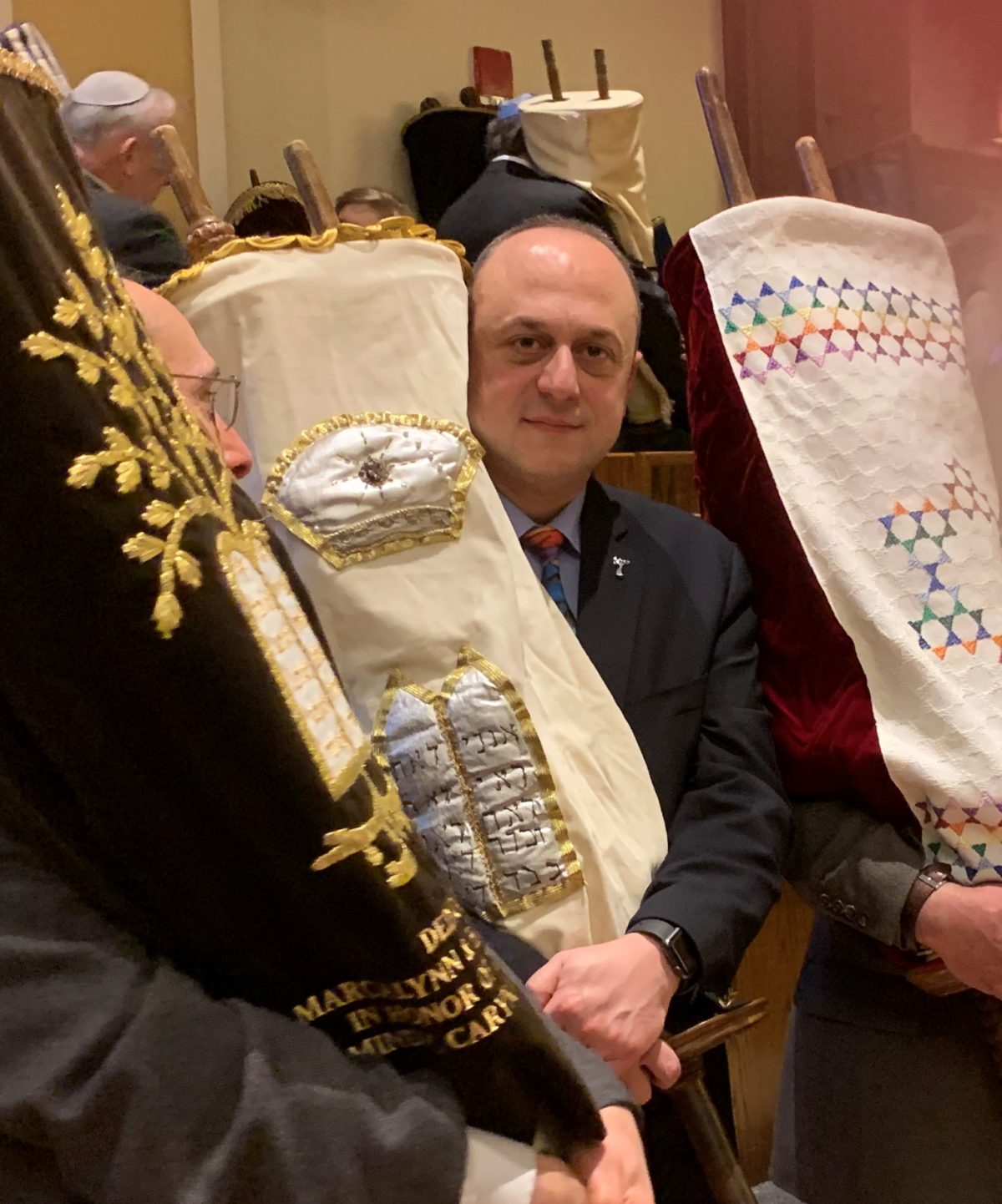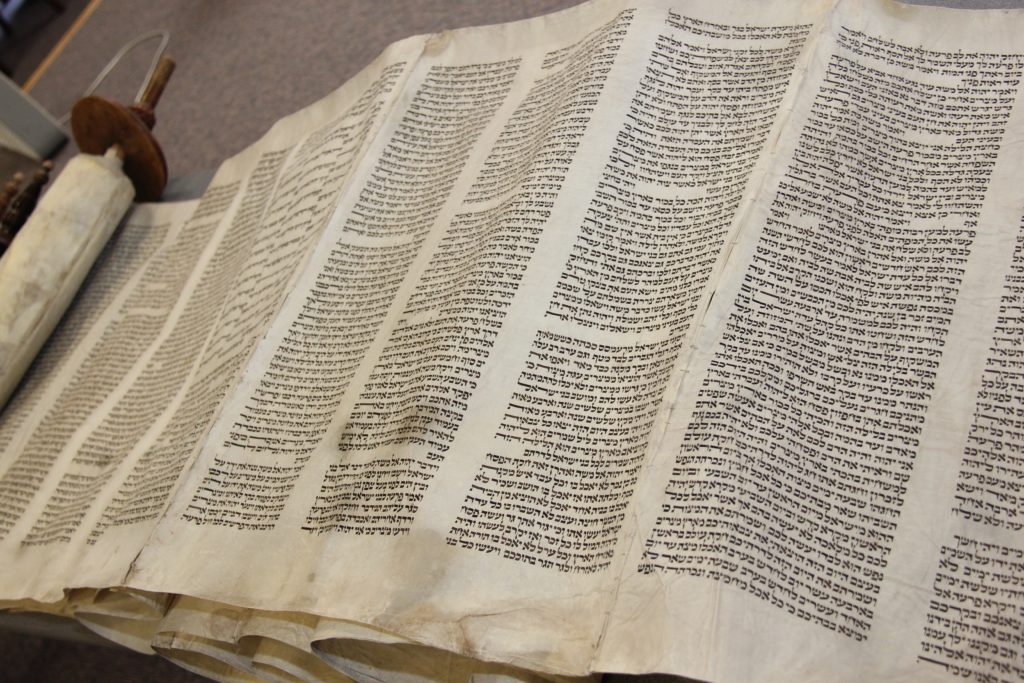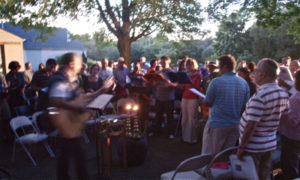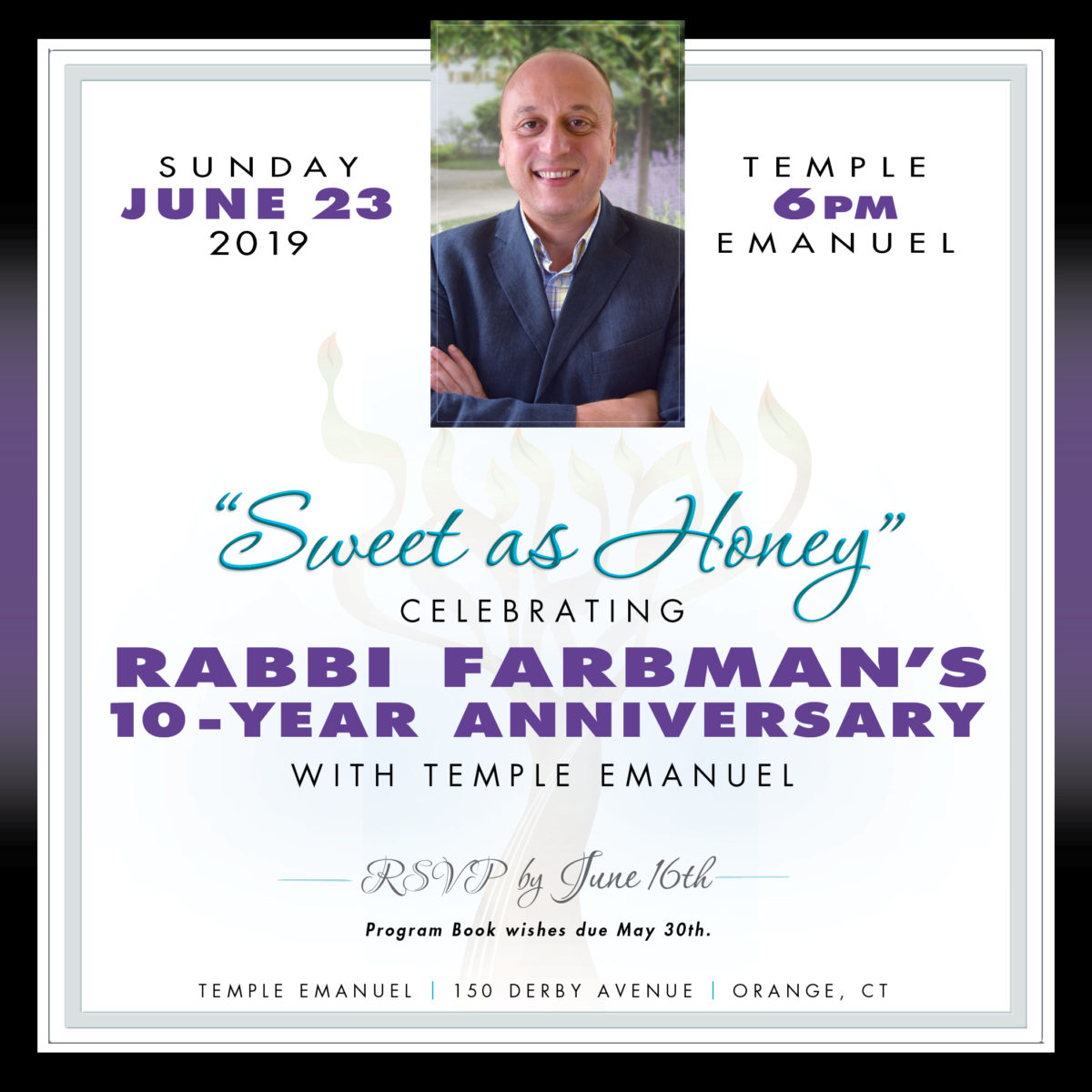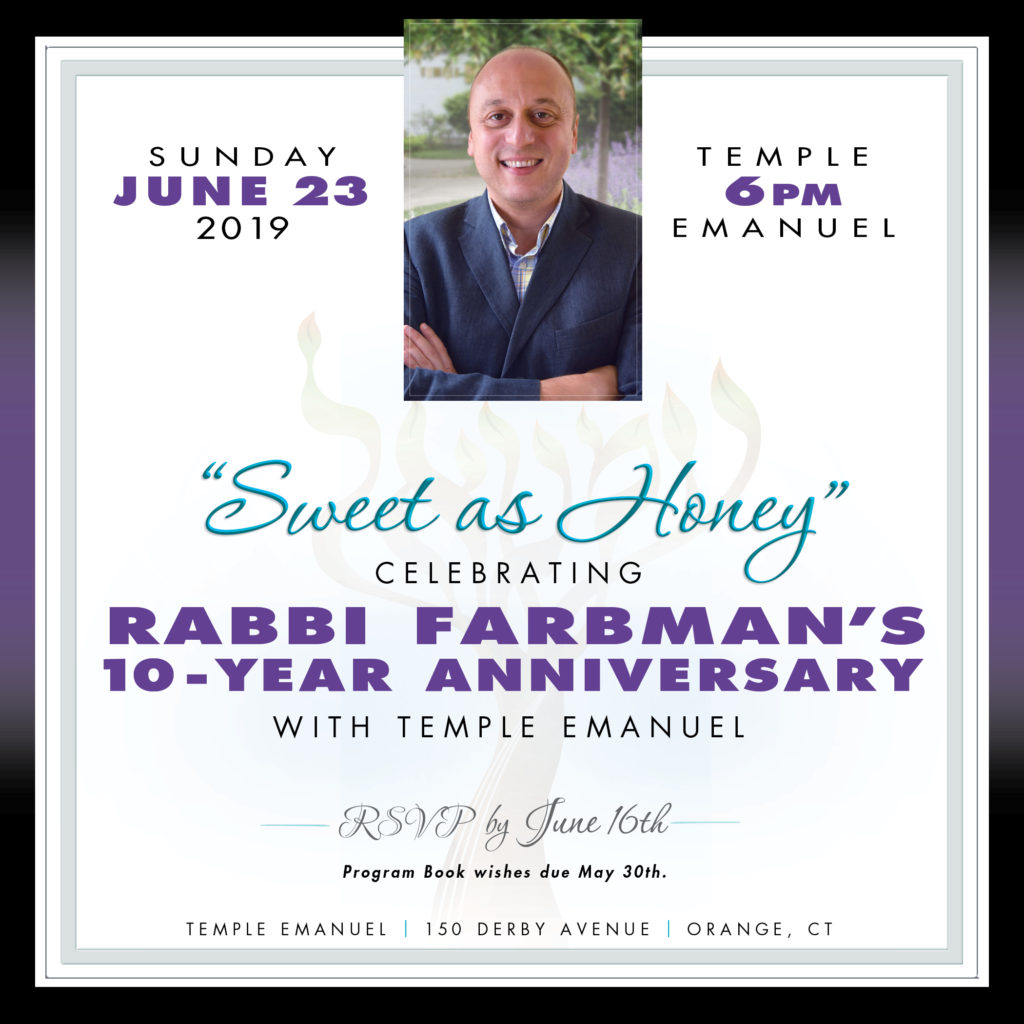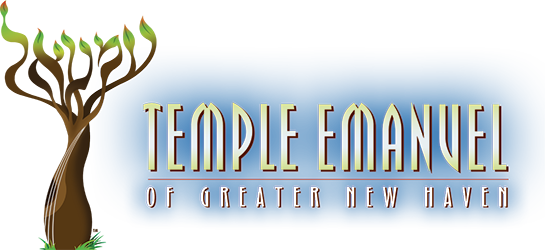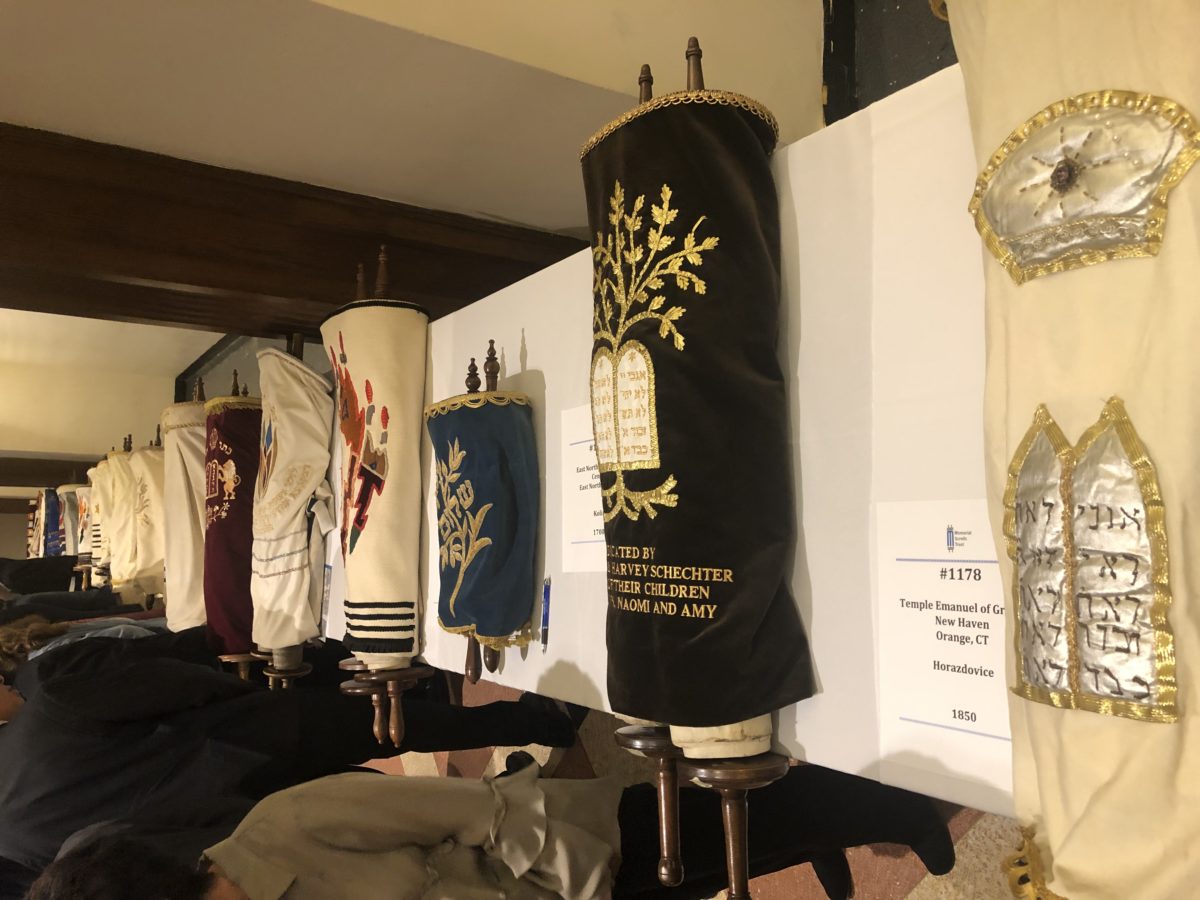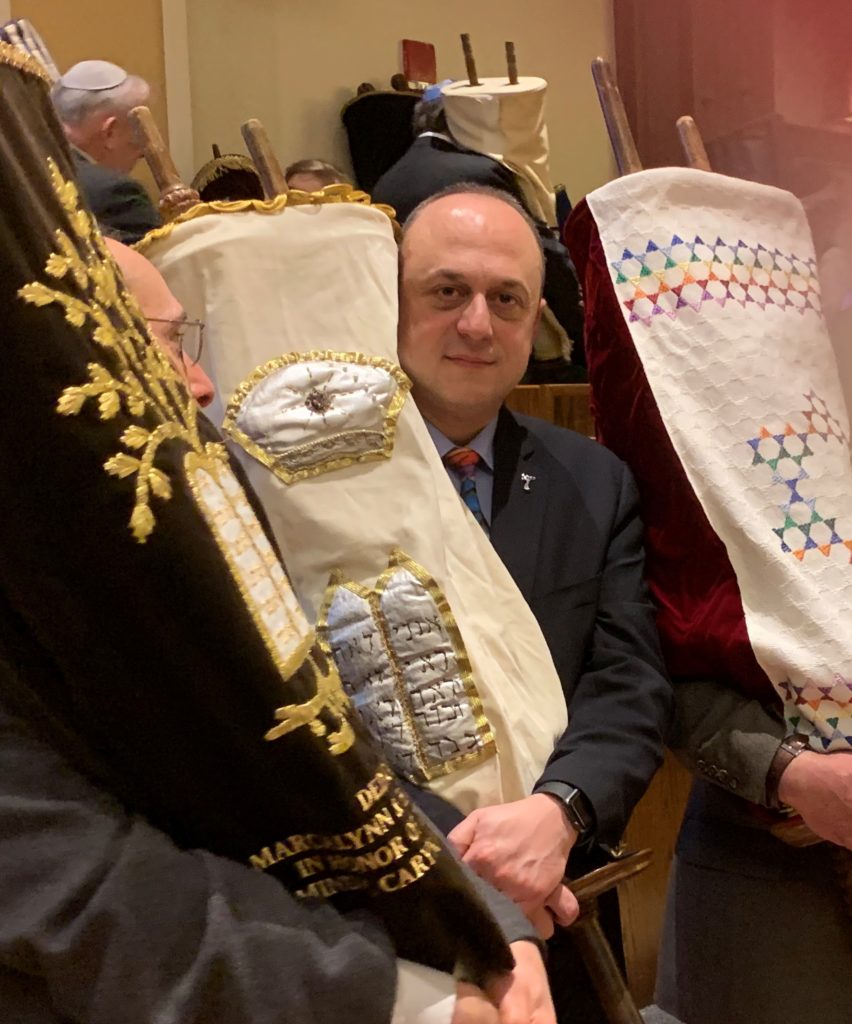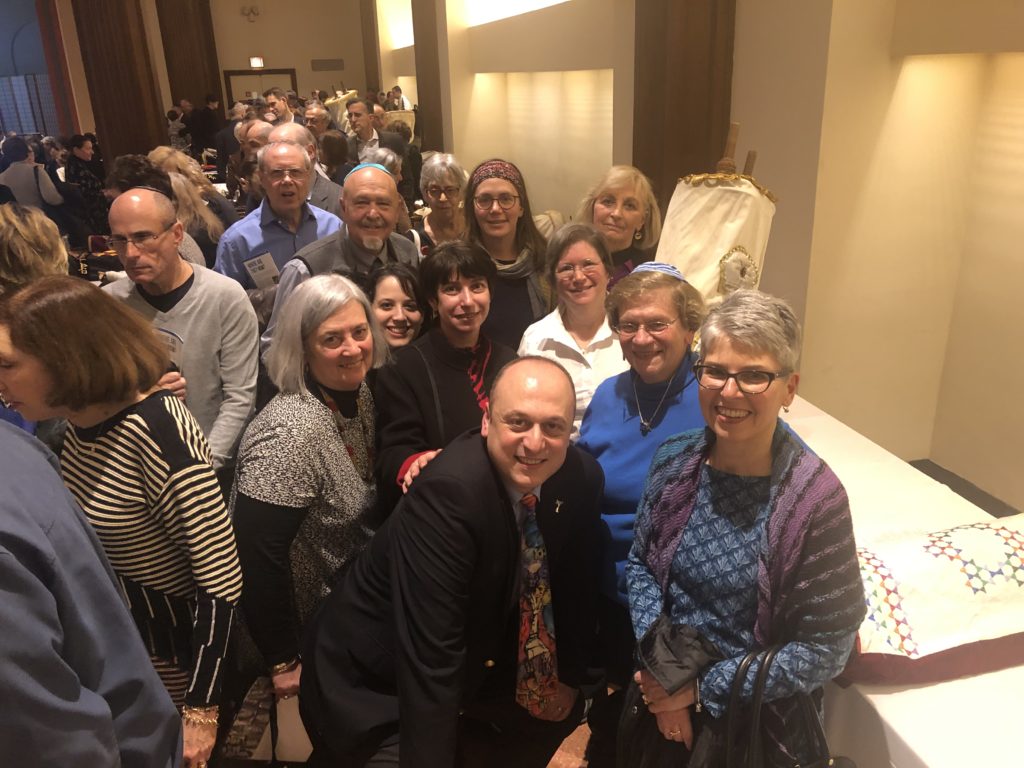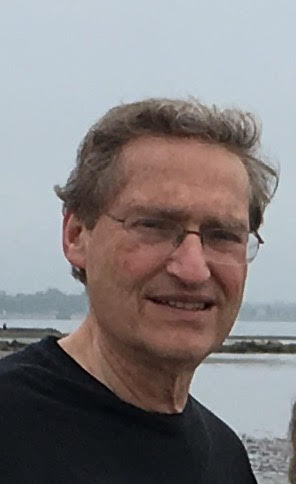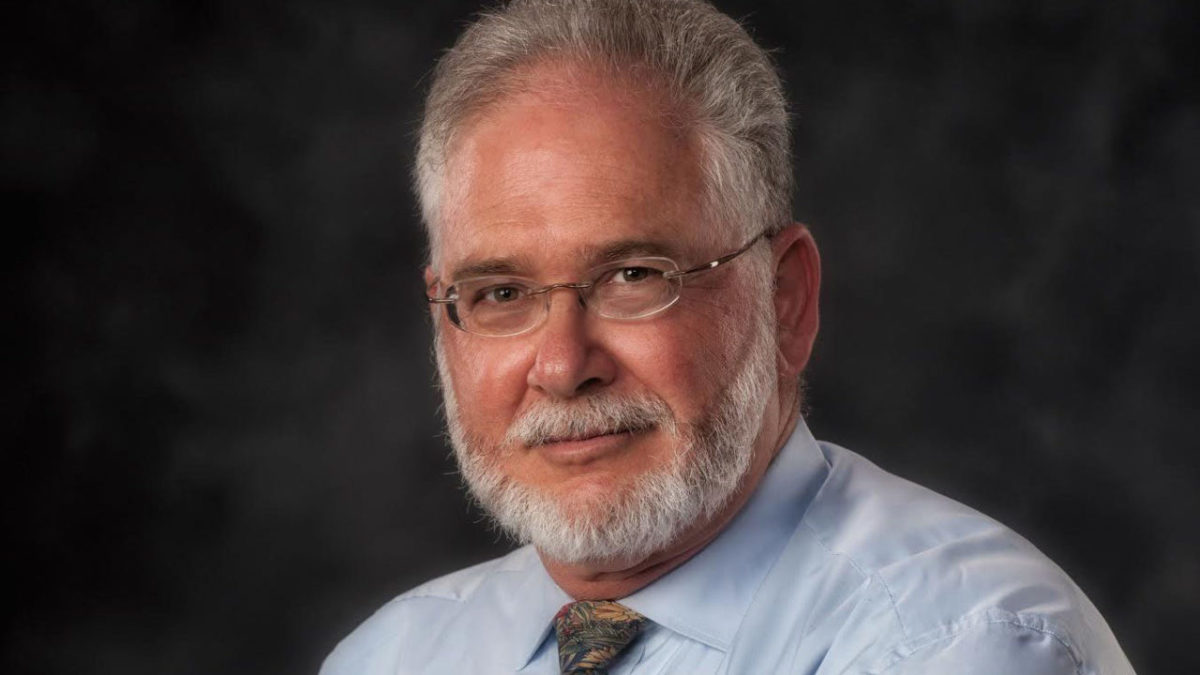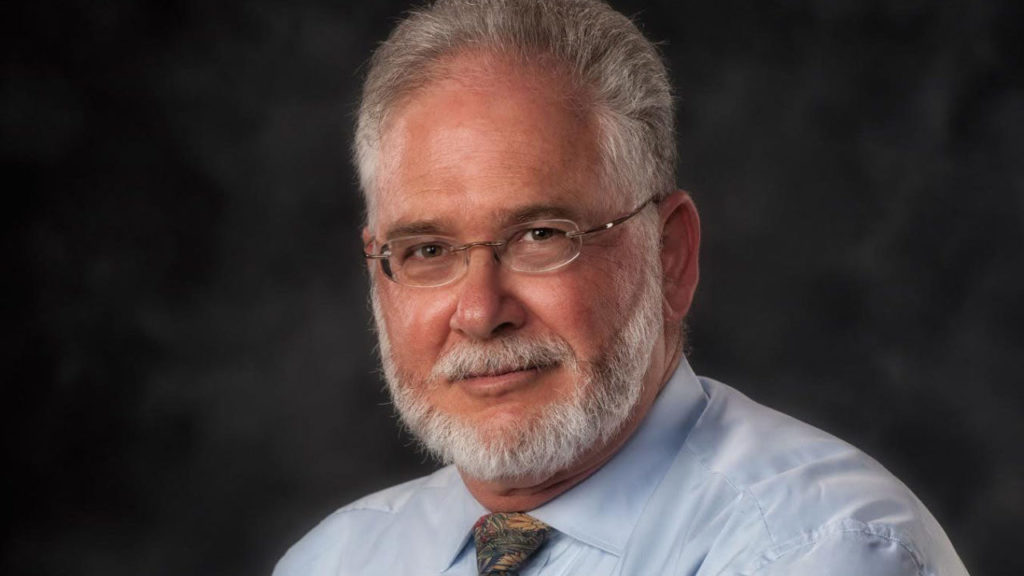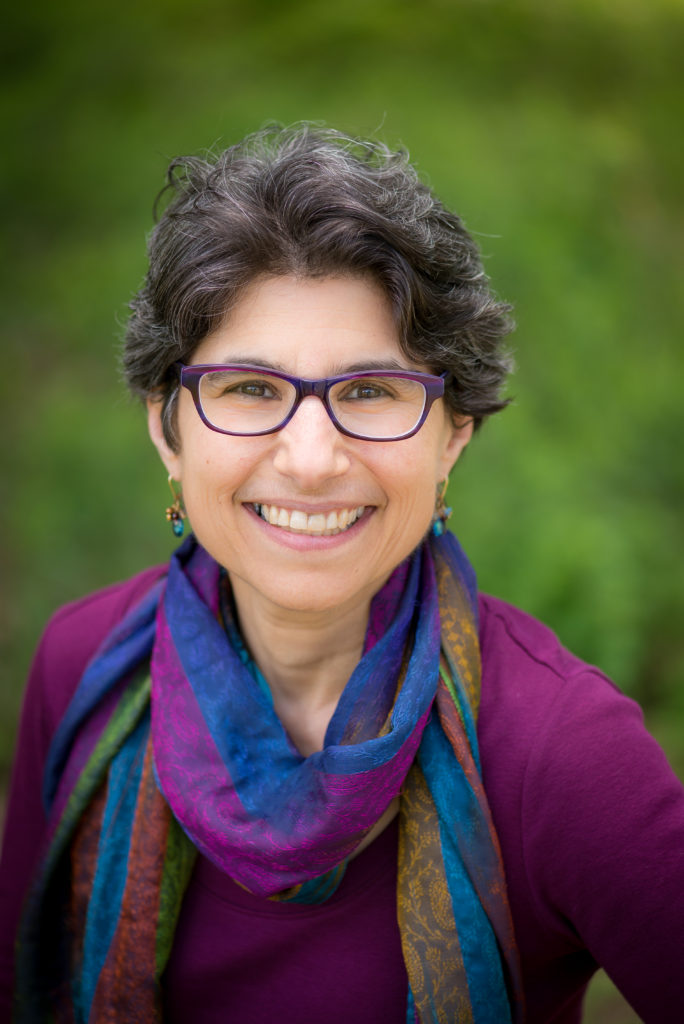
Five thousand Jews talking, singing and praying together in a convention center in Chicago. More Jewish music than you can imagine. The Second City Chicago improvisational comedy theater group, which kept us rolling in our seats. The Union of Reform Judaism Biennial conference was all this and more.
I have just returned from 5 days in Chicago, along with 8 other TE members. At the Biennial I learned more about governance and leadership, met with other Temple presidents and heard their struggles and triumphs, and gained insights into how to become a more audaciously hospitable congregation. I learned about the impact we can have by voting in the World Zionist Congress elections, which will influence policy and funding for Jewish institutions in Israel and around the world. I learned about the wonderful social justice work of the Religious Action Center of Reform Judaism (RAC), and of the exciting work by IRAC, the Israel Religious Action Center, working for equality for all Israelis, including marginalized groups like Ethiopian Jews, Mizrachi Jews and Arab citizens. I also learned that the Jewish community needs to change with the times to include the next generation, many of whom don’t see congregational membership in the same way past generations have.
For those of us at TE who enjoy being a musical congregation, the music at the Biennial is itself a reason to attend. One could spend the entire 5 days just listening to music! The Jewish Rock Radio stage (check it out on Facebook) features different musicians every half hour. Many of the musicians who have performed at TE were onstage, and we spent time listening to who we might invite next. Every service has music, every plenary session has music and every night there was a variety of performances to choose between, from rock and roll, to singing blindfolded on the floor, to bluegrass.
The experience of Shabbat at the Biennial touched me deeply. Imagine praying along with 5,000 other Jews in a service whose prayers are carefully chosen to be meaningful and inspirational. The music was deeply spiritual and joyfully engaging, and was played by professional musicians. Torahs from surrounding synagogues were carried throughout the hall while we danced in the aisles.
The Biennial is a time to feel the strength of our community. A time to meet Jews from all over North America – baby boomers, millennials, teens and young adults from NFTY (the Reform Jewish Youth Movement), and a few babies along with their parents. The URJ is working to increase inclusivity of groups that have been marginalized in society and welcomed the LGBTQ community, Jews of color and people with disabilities. The Biennial was a wonderful time for those of us from Temple Emanuel to connect. The Rabbi, Melissa Perkal, Janet Adams, Doug and Karen Fenichel, Vlad Katsovich, Laurel Shader, and Anna Zonderman all joined me in Chicago. We shared meals, sessions, worship, concerts, travel and grew closer. Thanks to Janet Adams, our Hadracha program that trains our teens to be madrichim and teachers, was featured in a poster session of innovations within the reform community.
The Biennial confirmed for me what a special congregation we have, and how much we are already doing to be warm and welcoming, and to educate the next generation. Those of us who went to Chicago returned to TE energized and eager to put into action what we learned. We look forward to an even larger TE delegation at Biennial 2021 in Washington DC.
